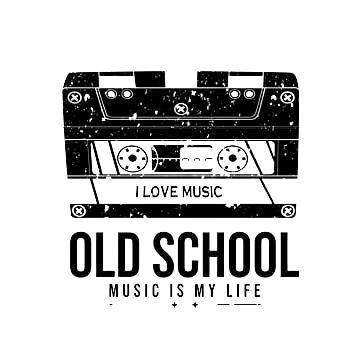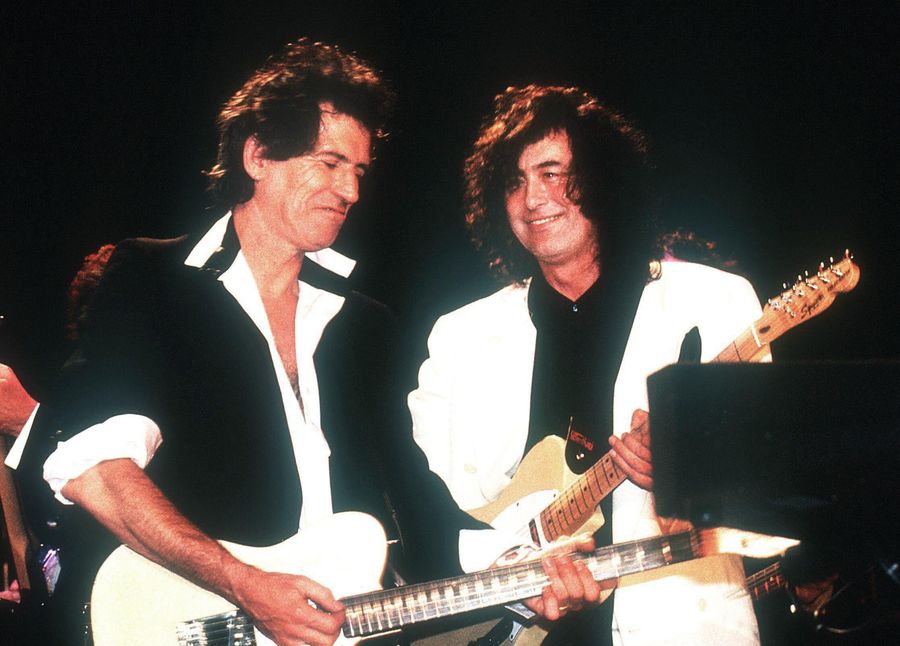When Led Zeppelin released their sixth studio album, Physical Graffiti, in 1975, fans were met with yet another absorbing and interactive album cover to keep their eyes busy while the ears salivated over classics like ‘Kashmir’, ‘Ten Years Gone’, and ‘The Rover’. Like the fittingly psychedelic cover of Led Zeppelin III, Physical Graffiti came with a holey record sleeve.
Where Led Zeppelin III had a colourful wheel of artwork that could be rotated beneath the circular cut-outs of the front cover, Physical Graffiti came with 16 windows on a large, imposing building.
The iconic artwork was produced by Peter Corriston, who saw beauty in a building located at numbers 96-98 on St. Mark’s Place in New York’s East Village. The five-storey building was photographed with the top floor cropped out to allow the square shape of the sleeve. The front cover photograph was taken during the day, giving a lighter complexion compared to the reverse design, which shows a nighttime shot.
The 16 cut-out windows reveal a series of interesting images and photographs of historical icons in a nod to The Beatles’ Sgt. Pepper’s Lonely Hearts Club Band album cover. The occupants peering out of the building include John F. Kennedy’s alleged assassin Lee Harvey Oswald; the first man on the moon, Neil Armstrong; King Kong; Elizabeth Taylor as Cleopatra; the Virgin Mary; members of The Wizard of Oz cast; the Led Zeppelin boys in drag; Led Zeppelin’s infamous manager Peter Grant; bodybuilder Charles Atlas; Queen Elizabeth II and comedy duo Laurel and Hardy.
The cleverly designed inner sleeve could be flipped and folded to present the different characters in various combinations. The other part of the inner sleeve, designed by Mike Doud, lists all of the song titles in a strange text that covers the walls of a white print of the building with the letters of the album title spelt out over the 16 closed window shades.
Disbanding in December 1980 following the death of drummer John Bonham, Led Zeppelin missed out on the imminent MTV age by just a few months. Their peers at the top of the rock ‘n’ roll pyramid, The Rolling Stones, entered the 1980s with an open mind and became one of the early proponents of the MTV age. Their first official music video was created for the second Tattoo You single, ‘Waiting on a Friend’.
If the similar cut-out record sleeve design of The Rolling Stones’ 1978 album, Some Girls, hinted that The Stones had taken a liking to Physical Graffiti, their first music video confirmed it.
In the video for ‘Waiting on a Friend’, The Stones take a pilgrimage to the buildings at 96-98 St. Mark’s Place, where Corriston took his iconic shots for Led Zeppelin. Mick Jagger is seen waiting in the building’s front doorway, waiting on a friend. Eventually, the ever-friendly Keith Richards greets Jagger before heading to a bar to meet up with the rest of the band for a few cold ones.
Watch the classic MTV hit below.

